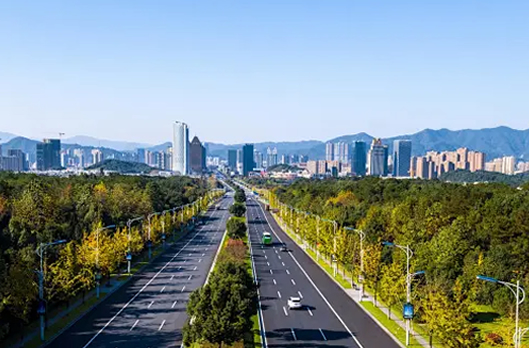Building a comprehensive transportation management system for a mega city in Hangzhou

Hangzhou adheres to the strategy of prioritizing the development of public transportation, forming a "four in one" public transportation system with rail transit as the main body, public buses (electric vehicles) as the foundation, and water buses and public bicycles as supplements; Continuously promote the "zero distance connection and zero waiting transfer" of public transportation and subway; Build models of Hangzhou's public transportation reform, including unit based management of public transportation, "six entry" public transportation, scenic area public transportation, and reserved public transportation; Launch a responsive travel service platform to achieve "one-stop planning, one code unified ride"; Deepen the reform of the taxi industry and promote the coordinated development of new and old business models< As the golden calling card of Hangzhou, West Lake Scenic Area is always crowded with people during holidays. How to ensure smooth travel for tourists? The answer for Hangzhou is to set up dedicated bus lanes in scenic areas, optimize the bus network, add bus stations, open holiday special lines for scenic areas, adopt a vehicle reservation system for entry and exit, and construct medium capacity buses in scenic areas< Build a diversified transfer system of "subway+bus", "tourist bus+bus", "taxi+bus", and "small bus+bus". Under the leadership of the Hangzhou Traffic Management Office, three social parking lots within the scenic area have been converted into bus stops, enhancing the evacuation capacity of public transportation. According to statistics, the daily average passenger flow of West Lake Scenic Area during weekends reached 372500, with over 70% of tourists choosing to travel by "subway+bus". On May 2nd of this year, the daily passenger flow reached 665000, breaking a historical high. The daily average passenger flow at the two "taxi+bus" transfer points on Xixi Road and Litaizu Bay reached 26700, which is equivalent to reducing nearly 10000 vehicles for the West Lake scenic area. From indicators such as traffic volume, delay index, and average road speed, the peak tourist season has achieved "smooth flow of people and vehicles"
